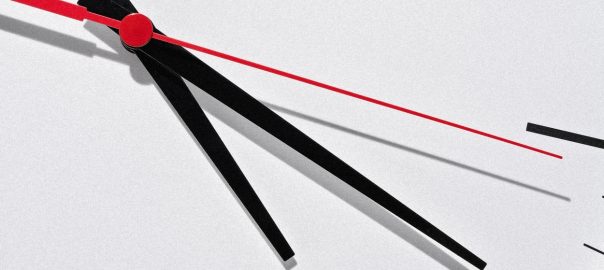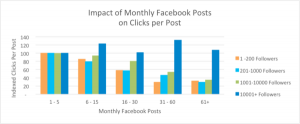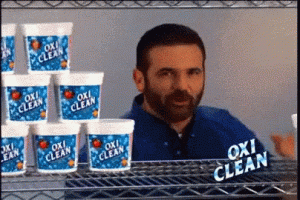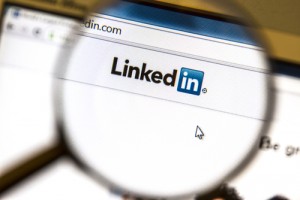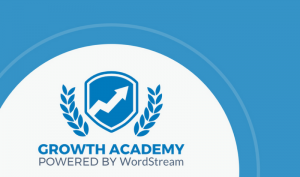By Brandi Olson
During a recent coaching session, my client had a confession for me: Her marketing team was making a long-anticipated shift to the coveted four-day workweek. But instead of celebrating, her team was . . . lukewarm.
Sure, they were a little excited at the thought of having every Friday afternoon off, but mixed in with that excitement was nervousness, and even pushback. Would their managers expect them to work longer hours? Was this just a marketing ploy to attract new hires? How in the world would all the work get done?
Despite the increasing body of scientific research pointing to the effectiveness of a four-day week, it can still feel counterintuitive. We’re steeped in the belief that being a high-performer means multitasking, doing more, and giving 110% all the time.
We’ve spent decades glorifying the maximization of work and developing “best practices” to help us work harder, put in more hours, and squeeze every last possible drop of effort from our teams.
While the “quiet quitting” wave attempts to challenge that notion, what it actually reveals is how deeply ingrained the idea that more work is always better is.
This fundamental premise of maximizing work is deeply flawed. Here’s why working more doesn’t mean accomplishing more.
Success comes from maximizing outcomes
Doing more often leads to accomplishing less. It may seem counterintuitive, but if you want to get more done, you may need to do less. Try asking yourself: What’s the easiest and best way I can solve this problem? Do that, and then stop before you do more.
Of course, this is not the same as doing less out of apathy. Doing less with apathy doesn’t align with a business outcome. Instead, this streamlined way of thinking allows us to do less work strategically.
Because of hustle culture, some organizations encourage people to over-work problems and over-engineer solutions that are pushed past the point of diminishing returns. This can quickly turn into pushing ourselves and our teams to the point of exhaustion and dangerously elevated stress levels.
If you want a high performing organization, you need to ruthlessly identify and eliminate the tasks and efforts that aren’t adding value. Instead of seeing time as a vacuum that needs to be filled, what might it look like if we considered that high performance is, in part, the result of work not done?
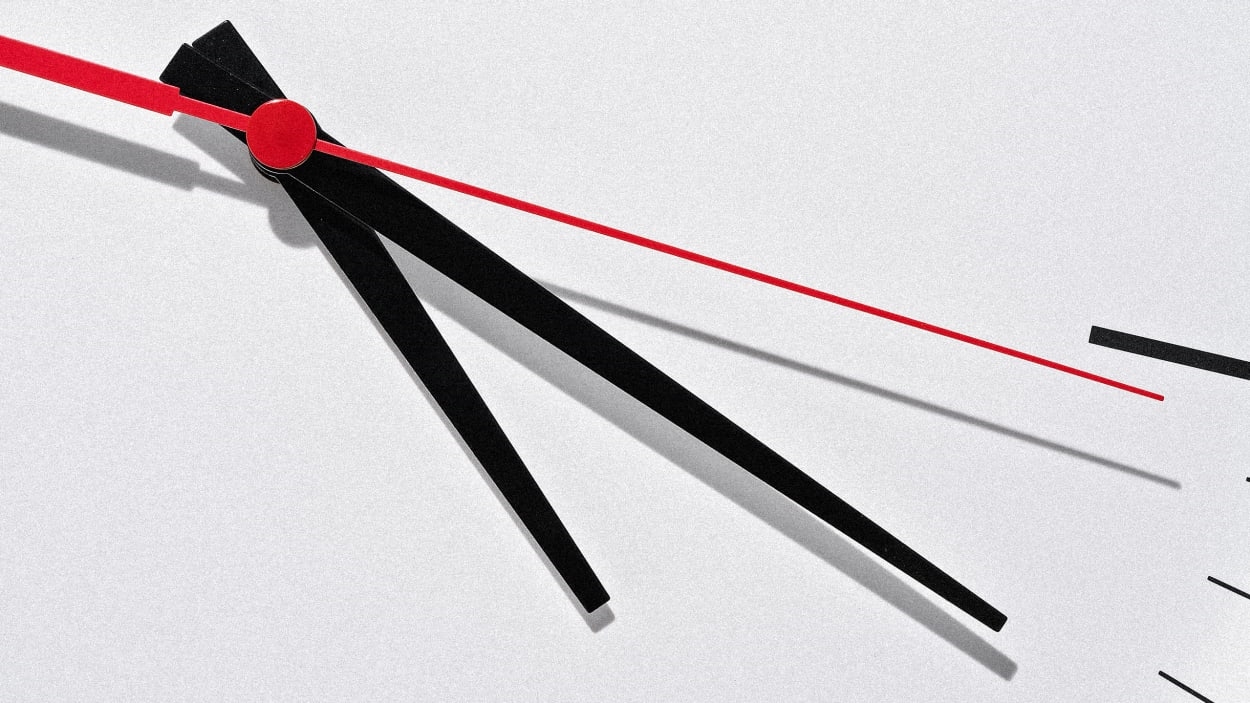
Embracing strategic inaction
If your heart rate is rising at the mention of inaction, strategic inaction does not mean being lazy, lowering expectations, or accepting less.
It’s more like a 4 x 400 relay race.
In that event, four runners take turns running laps around the track with a baton. The winning team is the one that moves the baton most effectively: They get the baton across the finish line first while also following all the meticulous rules about when and where runners can exchange the baton.
What makes this race interesting though, is the amount of standing around it involves. In a team of four, only one person is running at a time. Everyone else is in some stage of waiting. And no one on the field is bothered by this.
Performance and ultimate success are measured by how quickly runners move the baton––not by how busy they are at every moment of the race. This is the power of strategic inaction.
If the leaders I work with were coaching the relay team the way they manage their organization, they’d probably be hyper-focused on those waiting runners.
They might be saying, “What a waste of time to have all those runners just standing around,” or “I’m paying these runners to run, not to watch,” or maybe, “We have some free capacity here, let’s work on our productivity rate. Let’s have relay team members throw discus when they aren’t running.”
This metaphor can help us identify the problems with trying to reach 100% capacity from every team member at all times. A person doesn’t simply throw a discus while they are waiting to run their lap in the relay. Even if that person was as good at discus as they were at running, you wouldn’t have them do both in the same afternoon; the opportunity cost is too great.
And the transition is expensive: the warmup needed for both, the lack of focus on either event, the energy expended throwing discus that is no longer available for running. There would also be a huge context-switching tax that no competitive athlete or coach would want to pay.
Yes, you may have reduced the amount of time the relay runners spent standing around and maximized their work effort, but at the cost of losing the race.
The cost of equating performance with busyness
What leaders may not realize is that encouraging busyness can actually hurt their organization’s overall performance. Here are the questions I recommend the leaders I work with ask themselves:
This is exactly what I had that marketing agency do as they transitioned into their four-day work week. They got really honest with themselves about what it would look like if they rewarded people for strategic inaction instead of maximum activity, and found that they could easily create great outcomes for their clients in just four days a week.
The result?
They work less and have better results! Within nine months of implementing their strategic inaction strategy, they increased their client roster by nearly 25% and reduced their turnaround times by 30%––with employees working 32 hours a week. Not in spite of working less, because of it.
The future of work is here, and it’s not working smarter or harder, it’s strategically working less. If you’re ready to get some real work done, it’s time to embrace strategic inaction to maximum outcomes.
Brandi Olson is the best-selling author of Real Flow: Break the Burnout Cycle and Unlock High Performance in the New World of Work. She is also the CEO of Real Work Done, an organizational learning and design consultancy.
(17)
